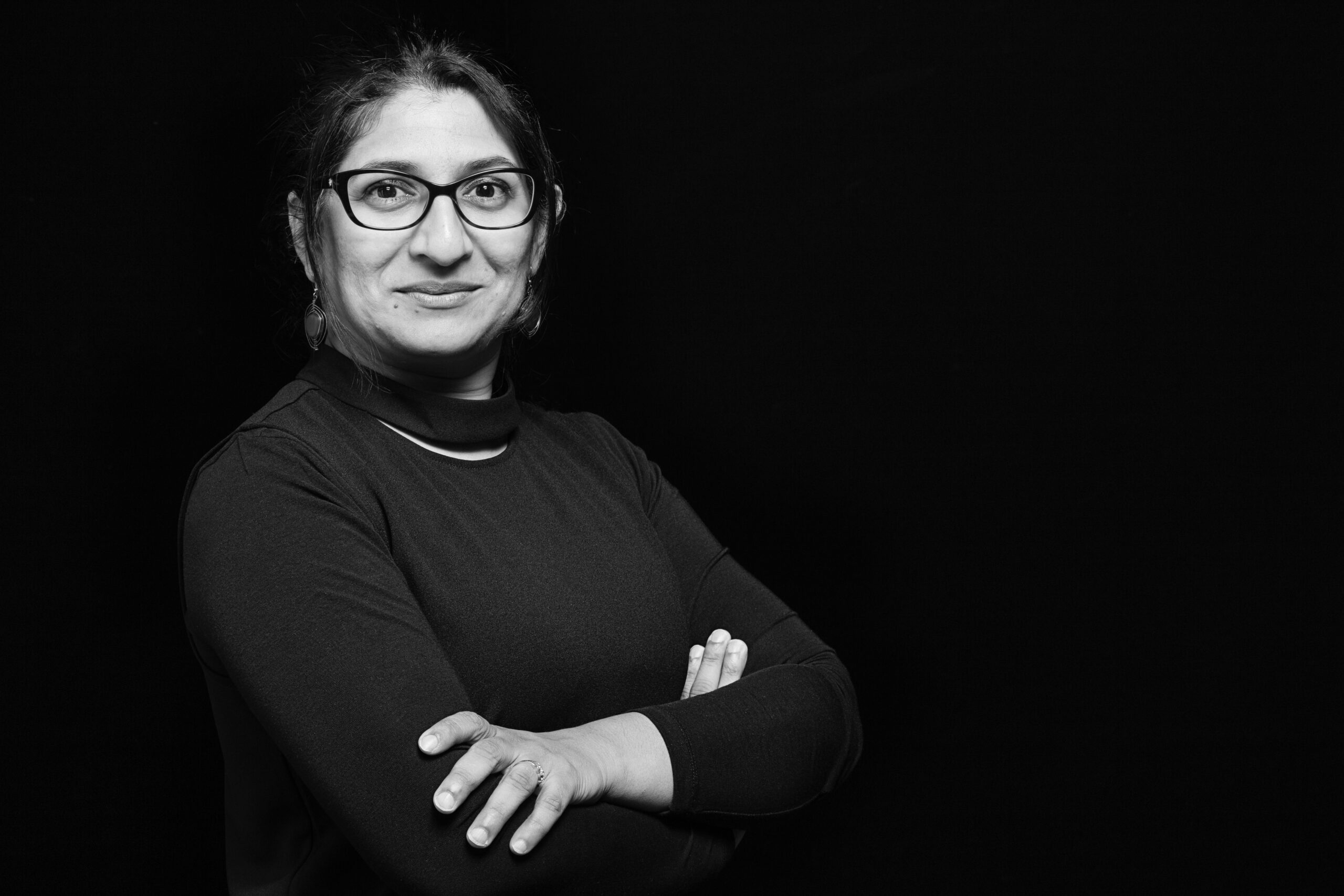
U-M awards interdisciplinary research grants to two Taubman College-led projects
The University of Michigan has awarded research grants to two Taubman College-led projects — one that would create wearables to help overcome challenging situations for neurodiverse people and another that imagines 3D-printed ceramic building facades to mitigate flooding.
The funding comes from the 2024 Bold Challenges’ Boost program through the U-M Office of the Vice President of Research. The Boost initiative provides researchers with financial and professional support to expand interdisciplinary projects.
Sean Ahlquist, associate professor of architecture and director of the Master of Science: Digital and Materials Technologies program, is leading the innovative wearables project in collaboration with a unique interdisciplinary team of U-M faculty including engineering, kinesiology, psychology and statistics, and social research.
According to the project application, social isolation affects over 50 percent of people with autism, post-traumatic stress disorder, or dementia, negatively impacting their physical and mental well-being. To combat this, the project will design sensor-laden and sensory-responsive knitted wearables that can gather real-time information about the surrounding environment, while also having the ability to deliver novel sensory feedback. This intends to help caregivers and neurodiverse people better identify the nature of both overwhelming situations and preferred activities, allowing them to respond and adapt accordingly. The project is called Empathetic Multi-modal Behavioral Response and Adaptive Care Environments (EMBRACE).
Tsz Yan Ng, associate professor of architecture, is leading a project called Hygroscopic Envelope: Building Enclosures for Climate Adaptation, in collaboration with Wes McGee, Taubman College associate professor of architecture, and researchers from U-M engineering and Tulane University.
This project aims to mitigate flooding in the context of a changing climate. To do this, it explores using 3D-printed ceramic building facades to collect, retain, and release stormwater. Ng said this project can relieve stress on stormwater drainage systems across the country, especially in cities with heavy rainfall.
“(We’re) trying to slow water or detain water with a slow release so that it doesn’t inundate the stormwater system,” Ng said. “With building facades, we as architects are trained to always shed water away from buildings, so now we’re thinking about using the facade to do more, to engage with water in different ways. If we think about urban areas with lots of impervious surfaces, we can instead use building facades, and we have a lot of it, to work with water and release it slowly. This will bypass the critical moment when the stormwater system might reach capacity, mitigating flooding. In doing so, we can even use the cooling effect of water absorbed by the ceramic components to combat urban heat island effect. Evaporative cooling is passive and does not require the use of mechanical systems or added energy. So it’s a great opportunity to target and integrate multiple climate adaptation strategies — essentially, asking our buildings to do more.”
Researchers from both projects plan to use the Boost funding to expand the scope of their efforts. Ng’s team plans to construct a full-scale facade in U-M’s Nichols Arboretum to test the 3D-printed ceramics components and gather performance data. Through EMBRACE, Ahlquist and his team plan to engage with various partners in the autism community to help inform the research focus and guide the design of initial wearable prototypes.









